Osmolality
Your body is only able to efficiently digest and absorb a limited amount of calories per specified amount of time. Thus, over-concentrating water bottles with high-calorie mixes can lead to decreased race performance and GI distress.
"A 4 percent carbohydrate solution (4 grams of carbohydrate per 100 milliliters or 20 grams per 500 milliliters at 4 calories per gram) is the highest concentration of carbohydrate that we can have in our drink while still optimizing water or fluid transport across the small intestine," according to the Skratch Labs. For this reason, it's important to avoid overloading drink mixes and instead opt for a low calorie fueling option.
More: 10 Natural Race Food Alternatives
What is your preference during training?
If you don't know the answer to this question, now is the time to experiment. During training, challenge yourself to try new things; you may be surprised at what your body responds to.
Many fitness professionals recommend consuming carbs with protein and fat for as long as possible, then switching to carbs alone toward the end of the training session or race.
The longer you can control blood sugar by not consuming carbs alone, the more fat that's being oxidized. Train your body to stay in this fat-burning zone longer by adding fats and proteins to your carbs. Try Pocket Fuel, a fruit and nut puree that contains almost equal amounts of carbs, fat and protein, and has demonstrated great success among ultra runner and triathlete populations.
More: Avoid Race-Day Blunders With This Food Plan
Should you choose liquid or solid?
Start testing a combination of the two fuel sources during your training. Remember to consider caloric needs, the task at hand and digestion. Try some of these products:
Liquids: Skratch Labs, Osmo, Generation UCAN, Ignite INPure Carbs and CarboPro
Semis: Huma Gel and Pocket Fuel
Solids: Sly Fox Bars, Picky Bars, MacroBars, pecan-rolled dates, coconut-rolled dates and homemade bars
There are many variables at play when fueling during a race. Use trial and error during training blocks to find the methods that will improve your race performance. If you're still not sure, seek the help of a sports nutritionist for suggestions and clarification.
More: 2014 Editor's Picks for Nutritional Products
 Get more nutrition tips and advice.
Get more nutrition tips and advice.- 2
- of
- 2
About the Author


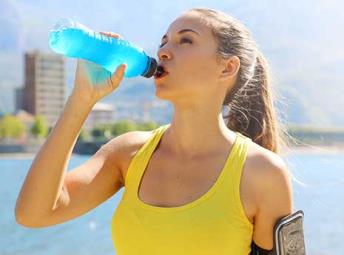
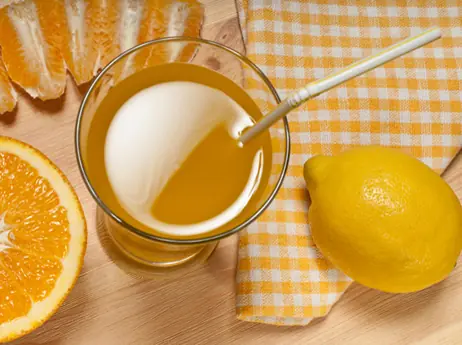

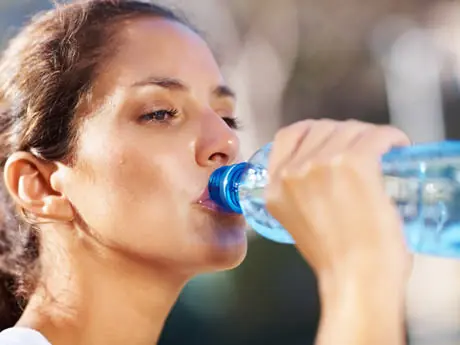
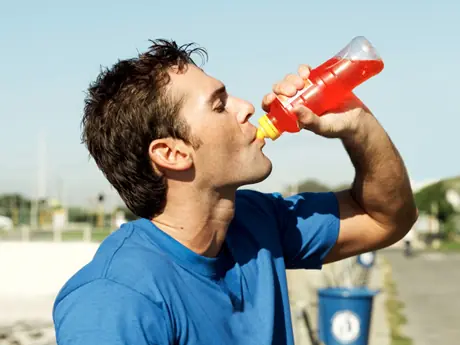
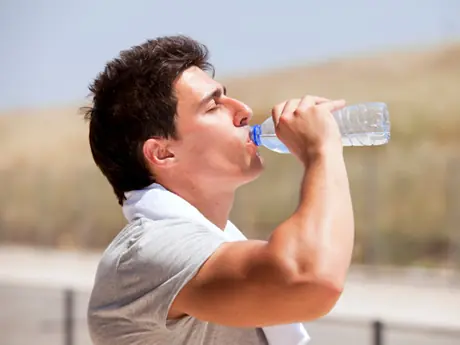
Discuss This Article